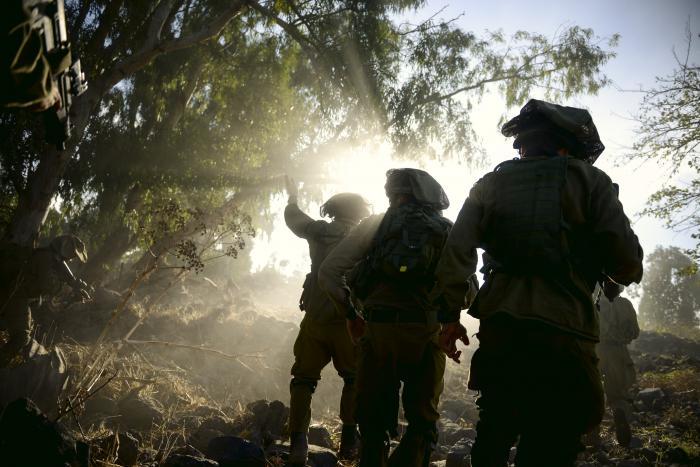by Or Heller
IDF Chief of Staff presented the multi-year plan "Gideon": Iran stands in the center of the plan as a major task. The main changes will affect the IDF in the next five years, if the new plan is approved

Chief
of Staff Lt. Gen. Gadi Eizenkot presented to members of the General
Staff the "Gideon" five-year plan for the IDF in the coming years. Iran
stands in the center of the plan as a major task, mainly regarding an
intelligence gathering effort by the Military Intelligence Directorate,
in order to check whether Iran is violating its agreement with the West.
The chief of staff of Iran believes that Iran's vision has not changed
following the agreement with the superpowers.
A senior officer from the General Staff says that "the
removal of the sanctions will allow Iran to invest more money in the
region, beyond the $4-5 billion it is investing today. The Iranians
ignore the Security Council resolutions and continue to support
terrorist organizations in our region". The IDF would like an American
compensation, in the form of increased aid in the multi-layer
intercepting systems and aerial platforms such as the F-35.
Under the "Gideon" plan it was also determined that the
central scenario the IDF is preparing for is a lengthy regional war. The
working assumption is that over the next few years the IDF will be
required to present its strength in war.
The main changes will affect the IDF in the next five
years, if the new plan is approved. These are its main objectives:
Dismissing another 2,500 professional soldiers; Reducing the commanders'
age; Cutting down the reserve force by 100,000 soldiers, cutting down
artillery brigades and light infantry brigades. The reserve soldiers who
will remain will be trained, equipped and qualified for a war; Cutting
down the commands by about 6%; Shutting down systems and cancelling
redundant positions; Establishing a cyber arm; Purchasing surface
combatants and introducing a submarine towards the end of the year;
Purchasing F-35 planes, introducing an unmanned aircraft lineup and
multi-layer protection.
According to IDF estimates, Hezbollah is the most
significant enemy in the area around Israel. According to Israeli
intelligence estimates, Hezbollah has already lost more than 1,300
combatants and 5,000 wounded in Syria.
As for Syria, in the last 6 weeks the IDF began to check
the identity of rebels who are being brought to Israel for treatment
across the Syrian border in the Golan Heights, in order to ensure that
activists of the Jabhat al-Nusra organization affiliated with al-Qaeda
did not receive treatment in Israel.
At the center of the IDF status assessment is a decline in
the conventional threat to Israel, due to the disintegration of the
Syrian army and an increase in sub-conventional threat from
organizations like Hezbollah and Hamas. Eizenkot sees that last year,
since the end of Operation Protective Edge, was the quietest year in
Gaza since 2000. With that being said, Eizenkot also sees Gaza as the
most explosive theater that could lead to a new conflict.
IDF is occupied in adapting itself to the wars of the
present and the future: Since 1985, the number of tanks was cut down by
75 percent, the number of aircraft by 50 percent and the number of UAVs
increased by 400 percent.
Or Heller
Source: http://www.israeldefense.co.il/en/content/idfs-goal-coming-years-collecting-intelligence-against-irans-nuclear-program
Copyright - Original materials copyright (c) by the authors.
No comments:
Post a Comment